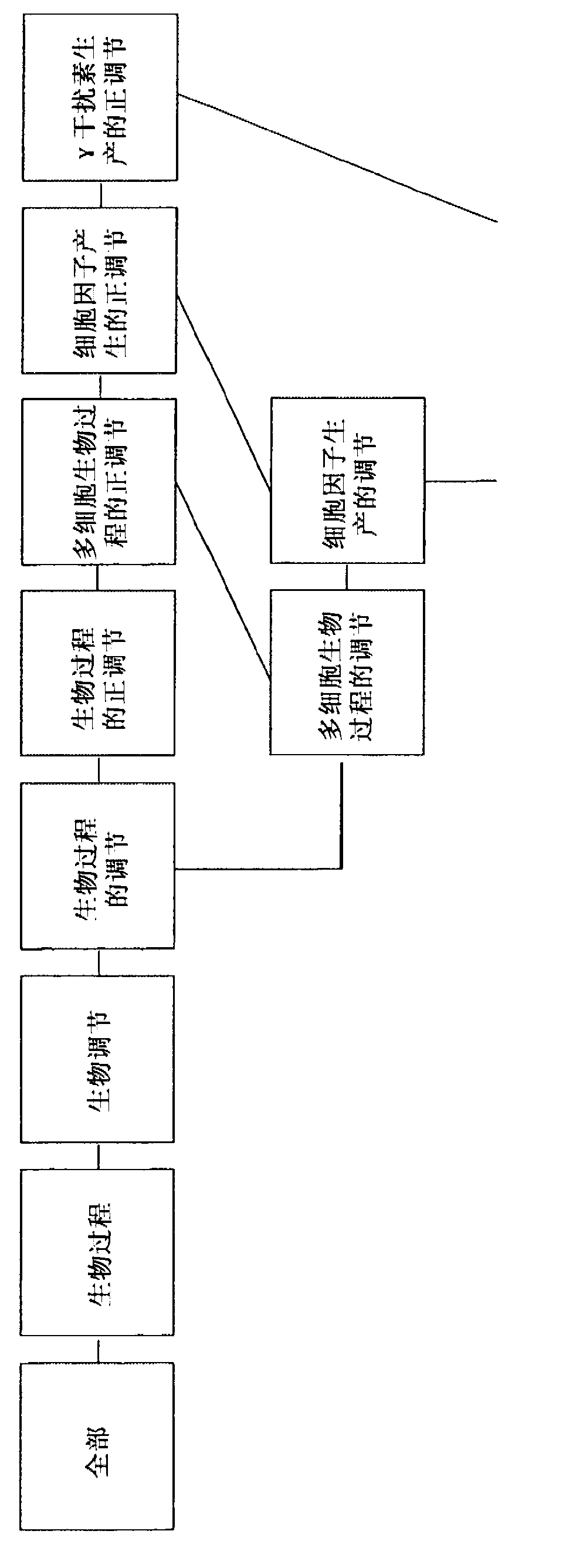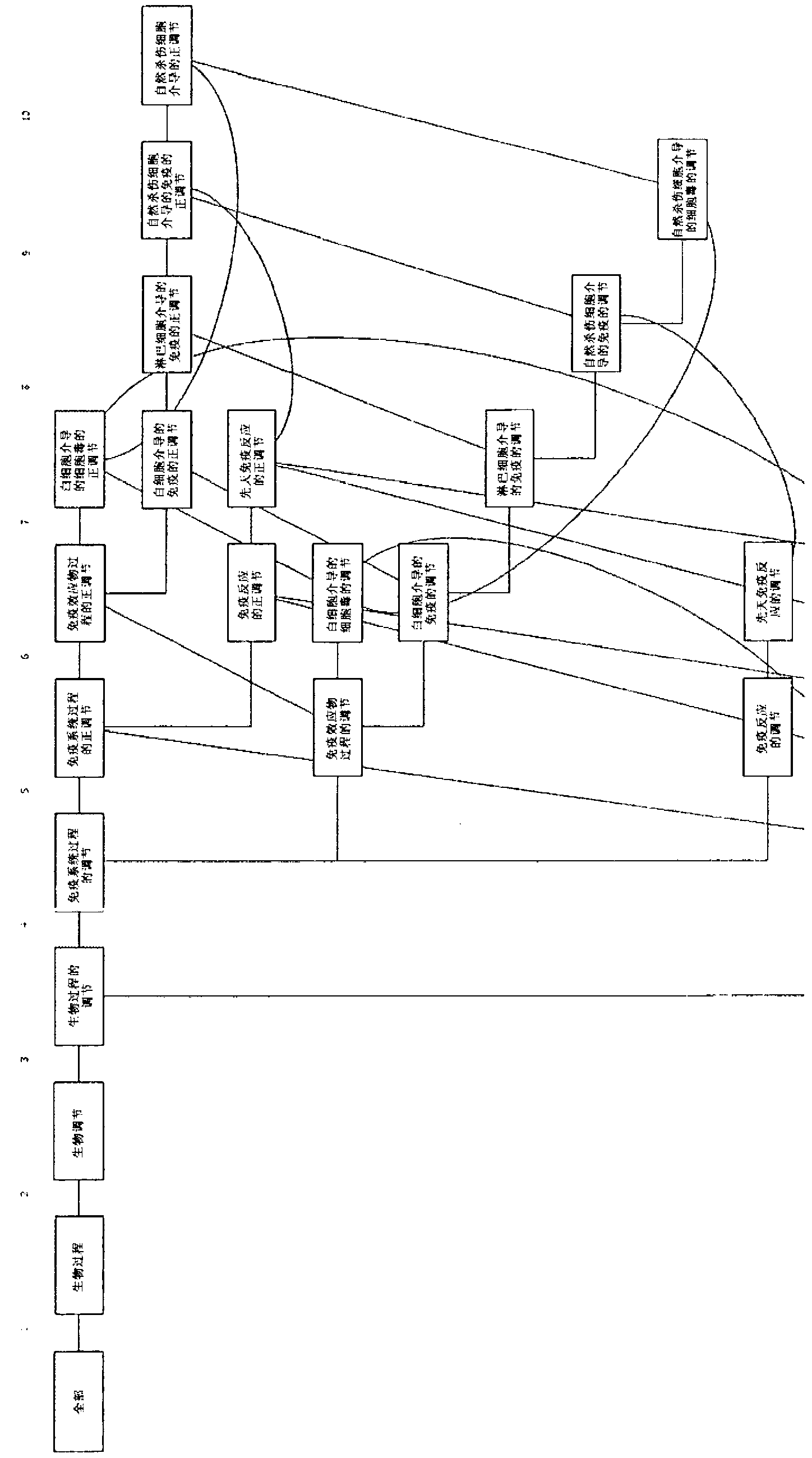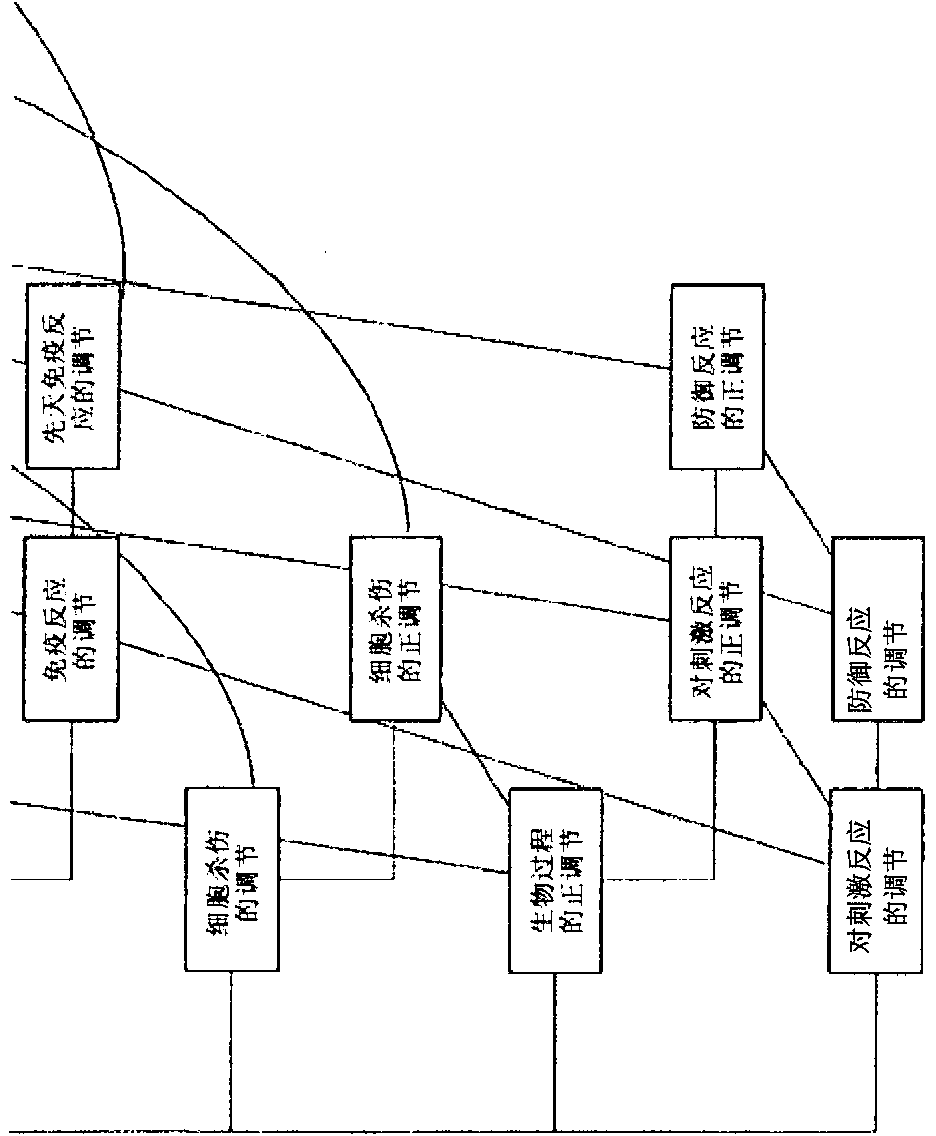Genes and genes combinations predictive of early response or non response of subjects suffering from inflammatory disease to cytokine targeting drugs (CYTD)
A technology for cytokines and inflammatory diseases, applied in drug combinations, skin diseases, bone diseases, etc., can solve problems such as false positives
- Summary
- Abstract
- Description
- Claims
- Application Information
AI Technical Summary
Problems solved by technology
Method used
Image
Examples
Embodiment 1
[0207] Example 1: Meta-analysis of two datasets (Bienkowska et al. (9) and Julia et al. (8))
[0208] Materials and methods
[0209] In this example, the materials and methods used in subsequent Examples 1-3 are described.
[0210] Data Validation and Data Extraction : Studies were selected on the basis that they had been performed in biologic-naïve RA patients who initiated therapy with infliximab and had measurements of their response to treatment obtained at 14 or 22 weeks. Large-scale gene expression information needs to be obtained at baseline (before treatment). Following the procedure described by Ramasamy et al. (10), we identified four studies that met our study criteria: Lequerré et al. (6), Sekiguchi et al. (7), Bienkowska et al. (9) and Julià et al. (8). Expression data, phenotype and annotation data were all downloaded from GEO (GSE3592, GSE8350, GSE12051 and GSE15258, respectively).
[0211] All four studies identified "gene expression signatures of respon...
Embodiment 2
[0251] Example 2: Meta-analysis of three datasets (Bienkowska et al., Julia et al. and Sekiguchi et al)
[0252] A second meta-analysis was performed after merging the Sekiguchi et al. dataset. This greatly reduces the number of genes tested, bringing it down to 290. Keeping the same threshold (2.5) as the previous test statistic, only three of the 61 genes described (see Example 1) were significant: IL2RB, S100A9 and CASP5. However, these genes broadened the prediction of infliximab treatment to 22 weeks follow-up. In addition to the relationship between IL2RB and S100A9 and RA pathophysiology (see above), the CASP5 gene is also of relative significance in this autoimmune disease.
[0253] CASP5
[0254] The CASP5 gene encodes caspase 5, which proteolytically cleaves other proteins at aspartic acid residues. It is an inflammatory caspase that plays an important role in the immune system (27) and in complex processes of apoptosis (28).
[0255] Abnormally reduced or i...
Embodiment 3
[0256] Example 3: Meta-analysis of four datasets (Bienkowska et al., Julia et al., Sekiguchi et al. and Lequerré et al.)
[0257] Further adding the data by Lequerré et al., and thus resulting in a total of 103 samples analyzed, of the 179 genes identified, only two of the 61 genes previously described (see Example 1) were found in non-responders Significantly increased in: MAPK14 and S100A9 ( figure 2 ). The combination of these two genes was thus able to predict response to infliximab treatment at week 14 or week 22 on biological samples (whole blood or PBMC).
[0258] MAPK14
[0259] The MAPK14 gene encodes mitogen-activated protein kinase 14, a member of the MAP kinase family. MAP kinases function as integration points for multiple biochemical signals and are involved in a wide variety of cellular processes such as proliferation, differentiation, transcriptional regulation, and development. The MAP kinase pathway inter alia affects the biosynthesis of the pro-infla...
PUM
 Login to View More
Login to View More Abstract
Description
Claims
Application Information
 Login to View More
Login to View More - R&D
- Intellectual Property
- Life Sciences
- Materials
- Tech Scout
- Unparalleled Data Quality
- Higher Quality Content
- 60% Fewer Hallucinations
Browse by: Latest US Patents, China's latest patents, Technical Efficacy Thesaurus, Application Domain, Technology Topic, Popular Technical Reports.
© 2025 PatSnap. All rights reserved.Legal|Privacy policy|Modern Slavery Act Transparency Statement|Sitemap|About US| Contact US: help@patsnap.com



